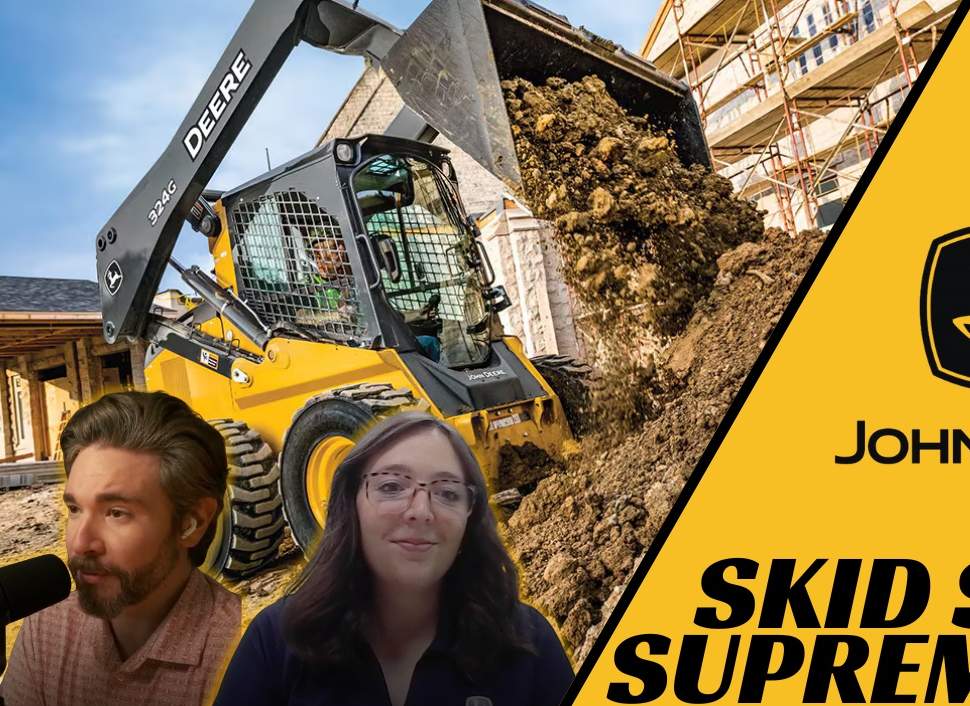JCB Skid Steers — 2015 Spec Guide
Ten Side-Entry loaders Make For An Innovative, Safe Product Offer
In 1993, JCB entered the skid steer market with the first mono-boom, side-entry skid steer, a design based on the company’s telescopic handlers. Over the years, JCB’s skid steer line has evolved, going from the Series I and Series II machines to today’s New Generation models. The New Generation line, initially introduced in November 2010, includes both large and small platform models offering vertical or radial lift. Today, JCB’s skid steers are designed to compete within the active North American marketplace, as well as worldwide. JCB’s large platform machines — the 225, 260, 280, 300 and 330 — are powered by JCB’s Tier 4 Final Ecomax engine. As a result, these machines use up to 9 percent less fuel over the previous Dieselmax engine. At CONEXPO-CON/AGG 2014, JCB launched its Tier 4 Final small platform models — the 135, 155, 175, 190 and 205. These machines are powered by the all-new JCB diesel by Kohler Tier 4 engines.
Both the large and small platform models meet Tier 4 Final emissions standards without the need for any exhaust gas aftertreatment, says JCB. Currently, the large platform models are popular due to their versatility on more complex projects that would otherwise require multiple dedicated machines, like a compact wheel loader or compact excavator. JCB offers more than 31 attachment families that can help operators of any JCB skid steer quickly complete a wide variety of tasks.
JCB’s most well-known and visually apparent safety feature is its PowerBoom — a single-arm boom that allows operators to safely enter the machine from a left-side-entry door, clear of any potentially dangerous attachments or under an unsupported boom. The PowerBoom also makes it possible for these machines to operate without a rear torque tube, further increasing visibility from inside the cab to 270 degrees. In fact, the National Institute of Occupational Safety and Health (NIOSH) has recognized the many benefits of the PowerBoom side-entry design by rewriting their safety alert accordingly to exclude side-entry skid steers, says JCB.
JCB skid steer cabs feature a suspension seat for operator comfort and a sealed and pressurized cab, which prevents dust and dirt from entering the cab even on the grittiest of worksites. Low-effort, electro-hydraulic controls help operators use the machines for longer periods of time without experiencing fatigue. This not only increases productivity, but also improves operator safety.
Advice to Buyers
“When deciding on which skid steer model to purchase, be sure to consider the heaviest load you’ll need to lift,” says Ashby Graham, JCB North America’s global product manager for skid steers and compact track loaders. “Then, consider the type of attachments you plan on using with your skid steer. While some attachments will operate with standard-flow hydraulics, others require high-flow hydraulics for greater power. High-flow attachments are those that include components requiring a high rate of motion, such as certain varieties of mulchers and cold planers. A skid steer with high-flow hydraulics would be imperative in this situation because without high-flow hydraulics, these attachments lose their effectiveness.”






Comments are closed here.